I read rumors that a Samsung trifold device is headed our way sometime next year. It makes sense, with the Huawei Mate XT available for Chinese consumers. It was only a matter of time before Samsung had an answer. I previously talked about how I’m excited about trifold devices because folding phones need a refresh. I need to see more features and capabilities that justify their higher price tags. They can’t simply be larger smartphones.
The Samsung Galaxy Z Fold lineup is particularly stale, so a trifold phone might be just what Samsung needs to jumpstart sales and get us excited about foldable technology again. Here are five reasons why I’m excited about a Samsung trifold phone.
5
Samsung will need to innovate again
We’ll finally see something new
If Samsung could fit a trifold display into a bifold design, it would. The company has been stubborn about making drastic changes to its lineup, and Galaxy Z Fold design changes tend to move at a glacial pace. A trifold phone would require a new form factor, freeing Samsung to innovate.
Samsung is too big and successful for its own good, and I think fear is part of the company’s hesitancy to make significant changes to the Galaxy Z Fold series. Samsung isn’t willing to risk its installed user base of people who buy the Galaxy Z Fold as it is. But, no risk, no reward, and Samsung is starting to see sales soften due to staying the course for too long. A trifold phone is a chance for it to break the mold without risking current customers. I hope Samsung is being more bold than it has been in previous years.
4
A trifold display paired with something else
A more powerful class of device
Snapdragon announced its newest flagship chipset, the Snapdragon 8 Elite, promising more computing power than previous SoCs. But beyond better AI functions (how much faster do we need that cat photo in Sketch to Image?), Qualcomm’s latest and greatest gives Android OEMs a unique opportunity. A more powerful device with a large, trifold display might entice developers to release desktop-class applications for mobile devices.
Developers would also have to commit to more robust mobile apps, but the possibilities are exciting. I often hear that a benefit of powerful mobile chipsets is the ability to edit photos and videos. However, I struggle to see how that’s practical. Sure, in a pinch, it helps to clip a video or touch up a photo, but it’s not something you’d prefer as your main workspace.
However, imagine a 10-inch display with a 16:10 aspect ratio as your canvas. You’d get more done and be able to consider something like that as your only device, alleviating the sting of its high price. Multiple things must happen to make this a reality, but desktop power with a larger portable display would be enticing.
3
Gaming can take a giant leap forward
I might actually want to play a mobile game
In addition to better productivity and content creation apps, I’d love to see developers take advantage of larger displays for gaming. We’re bombarded with talk of ray tracing on new chipsets, but then we spend hours in games like Balatro that could’ve been created in MS Paint. I also dislike how fast action games, especially first-person games, play on glass touch screens. Carrying a controller or controller adapter for my phone isn’t practical, so I limit my gaming to titles like Pokémon Go.
However, suppose I could open my trifold phone to reveal a 10-inch display with a wide aspect ratio and a powerful chipset. In that case, I’d enjoy the experience much more, and it’d be worth lugging around a portable keyboard and mouse for impromptu gaming sessions. A Samsung trifold phone could lead to some exciting mobile gaming changes if done correctly.
2
Movies and videos are going to be more enjoyable
No more awkward sizing
It may sound simple, but I’m looking forward to how content will look on a trifold. A 16:10 or 16:9 aspect ratio is leagues better than what we have on the Samsung Galaxy Z Fold 6, and we can enjoy movies and videos with limited black bars. To have a tablet viewing experience that folds to the footprint of a traditional smartphone is a game-changer, and it would make for a better argument when talking about price.
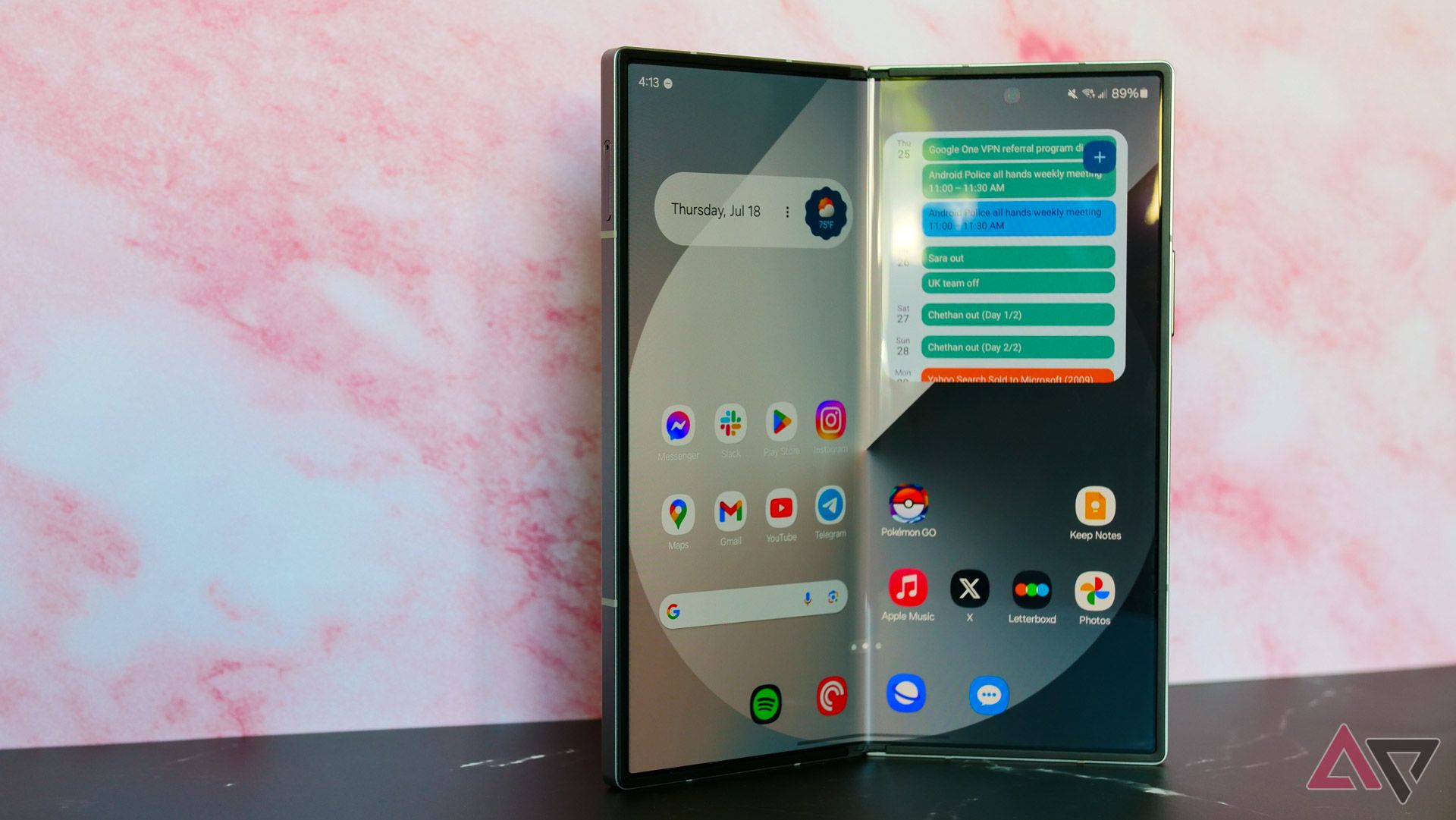
Read our review
The Galaxy Z Fold 6 has cost Samsung its head start in the foldable race
A real tortoise-and-hare situation
I struggle to find value in bifolding phones. They offer a bigger display, but that doesn’t justify their significantly higher price tags over phones like the Samsung Galaxy S24 Ultra. Trifolds will cost more. Still, the higher price becomes easier to understand if one device can function as a phone and a tablet.
1
More room for apps to breathe
Multitasking can get a much-needed refresh
Samsung’s multitasking is almost as stale as its phone design. Apps can feel cramped, even on my Galaxy Z Fold 6. Companies like OnePlus showed us with Open Canvas that you can multitask well on a bifold phone, but a trifold device could make things interesting. Samsung wouldn’t have to do anything revolutionary to get a fresh feel. A bigger display means we can view more apps easily. No more straining to see text if you want to run more than two apps simultaneously.
Windowed apps would look and function much better on a trifold phone. This would also allow Samsung’s software engineers to tailor the UI to a multi-window experience. It will be an improvement over what we have, even on phones like the Galaxy Z Fold 6.
I’m an enthusiast, but I think this goes beyond that
I love tech, and a new design excites me. But beyond that, I can see more practical applications for a Samsung trifold phone. It’s tough to talk about the practicality of a device that will retail for close to $3,000. However, if your daily tech needs call for a phone that doubles as a tablet with plenty of raw horsepower, then the Samsung trifold might be for you. Traditional smartphones will still be the best option for most people, but I think there is a market for an exciting trifold phone.

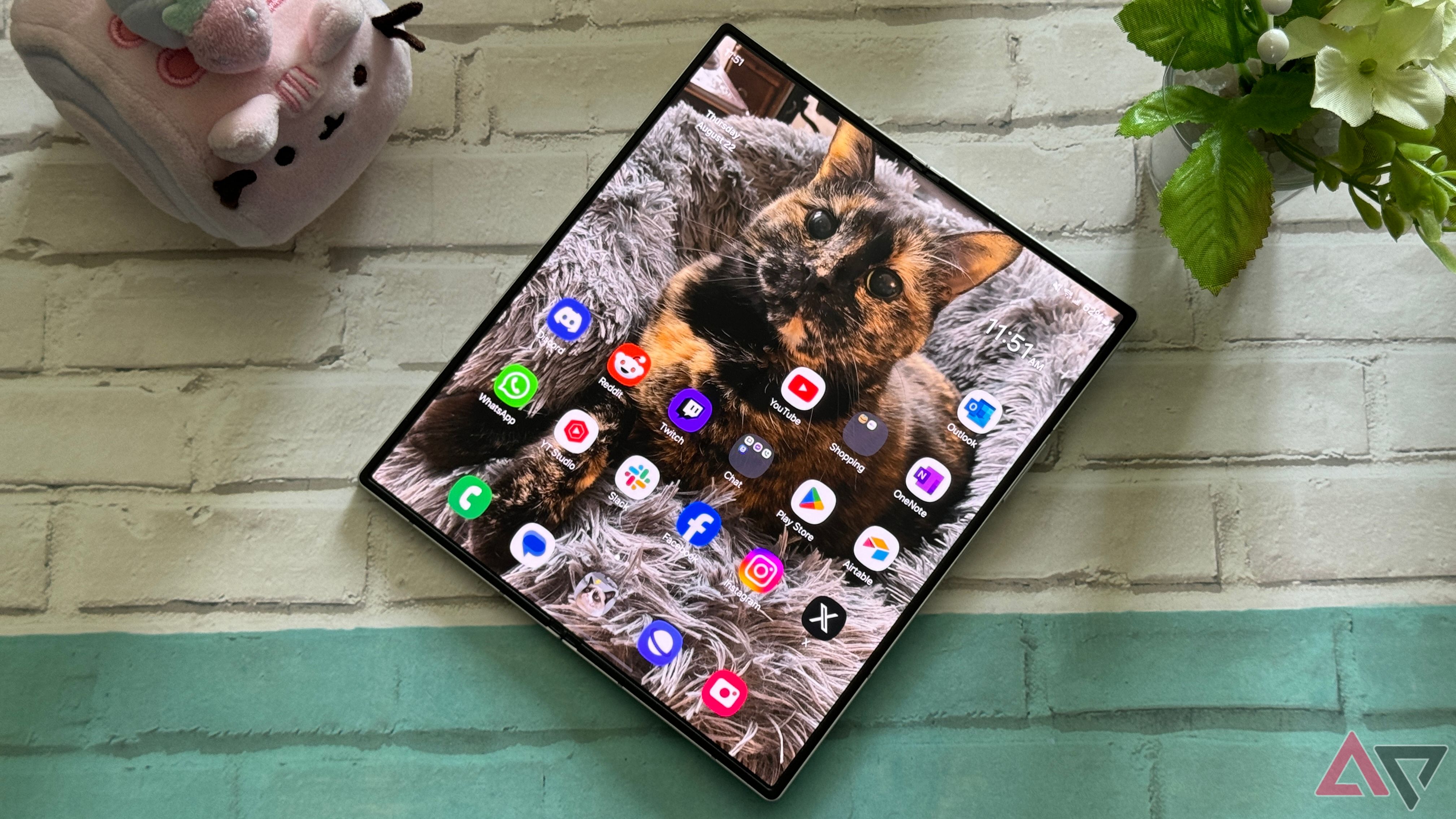
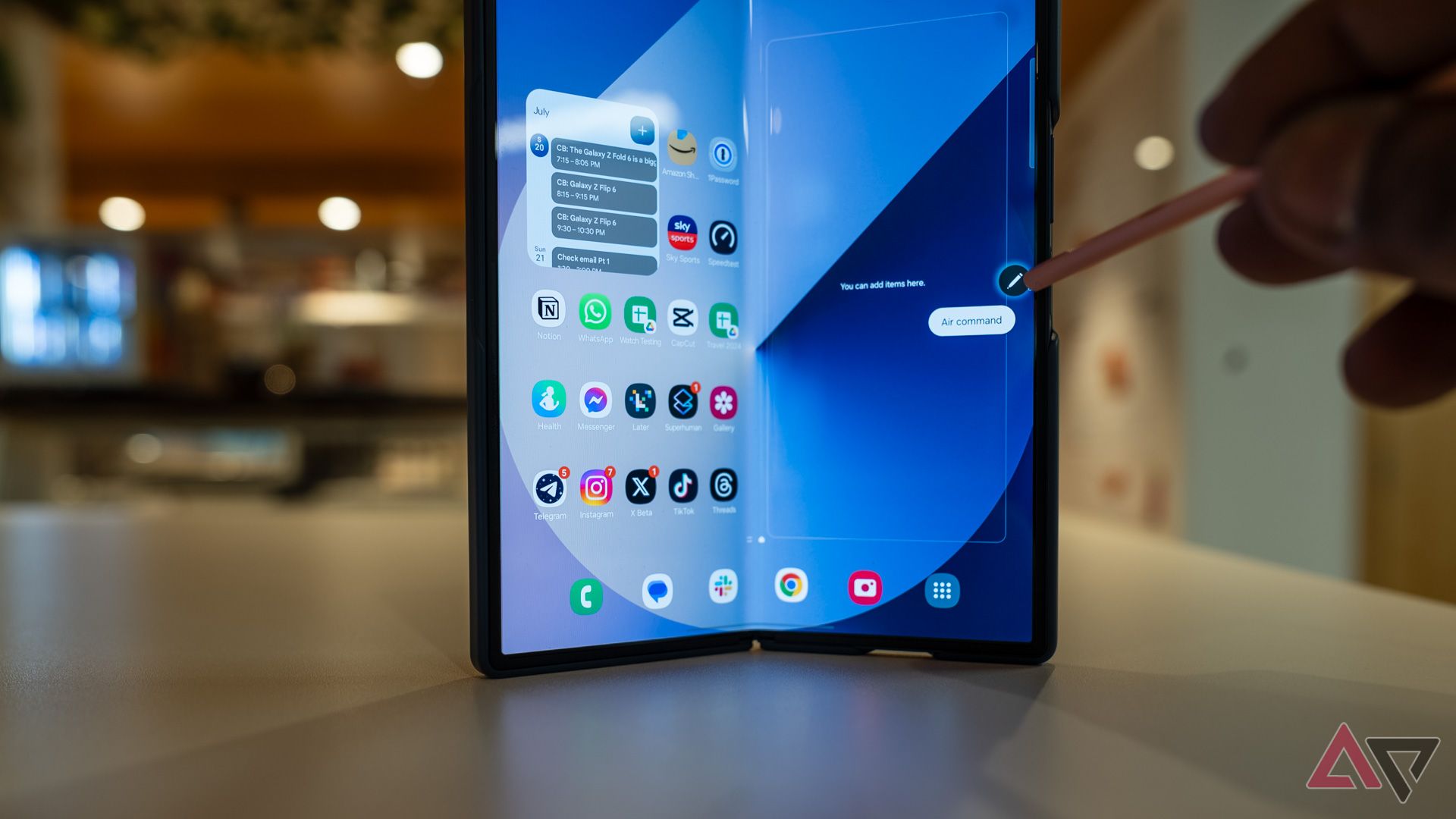
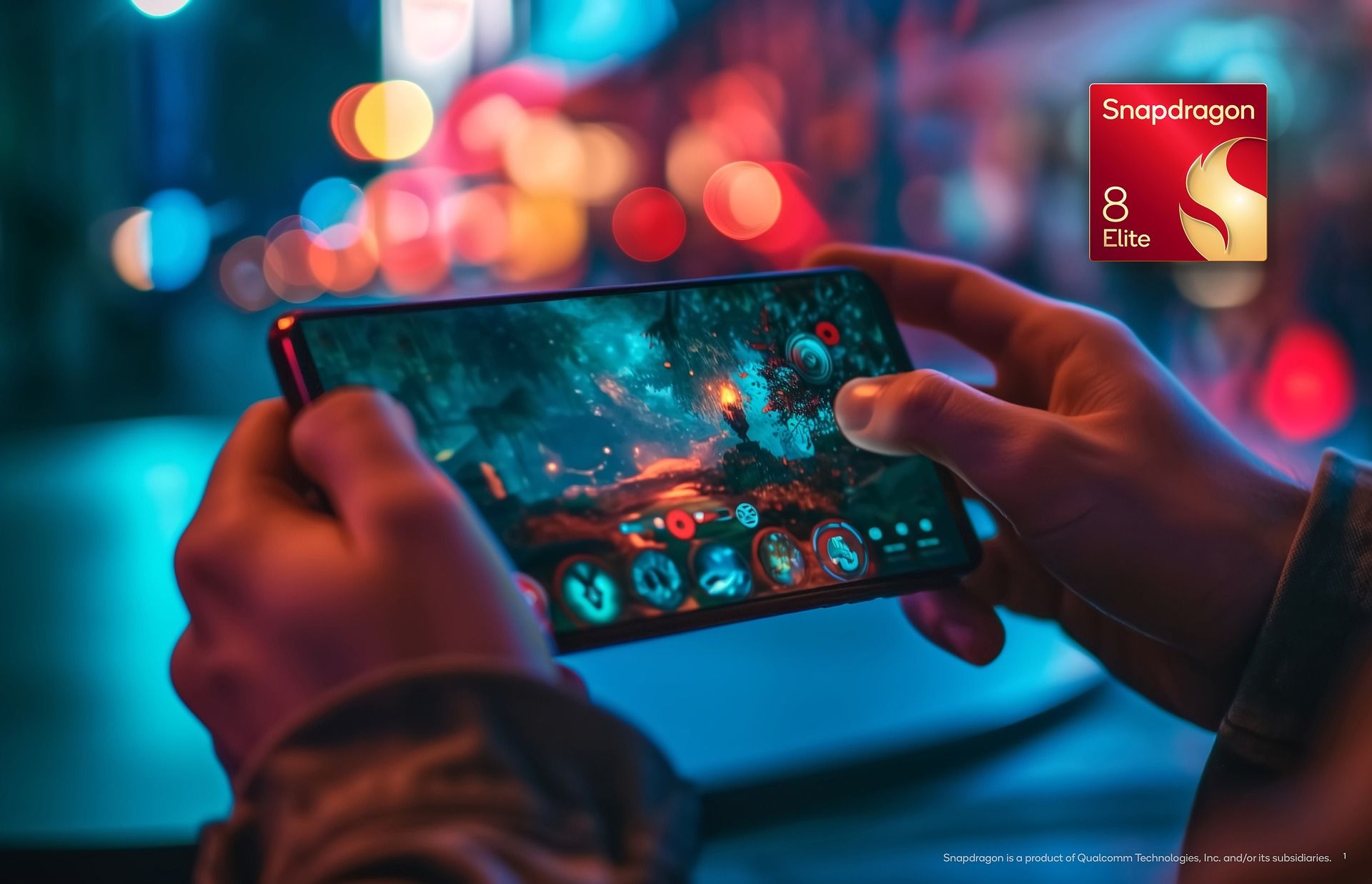
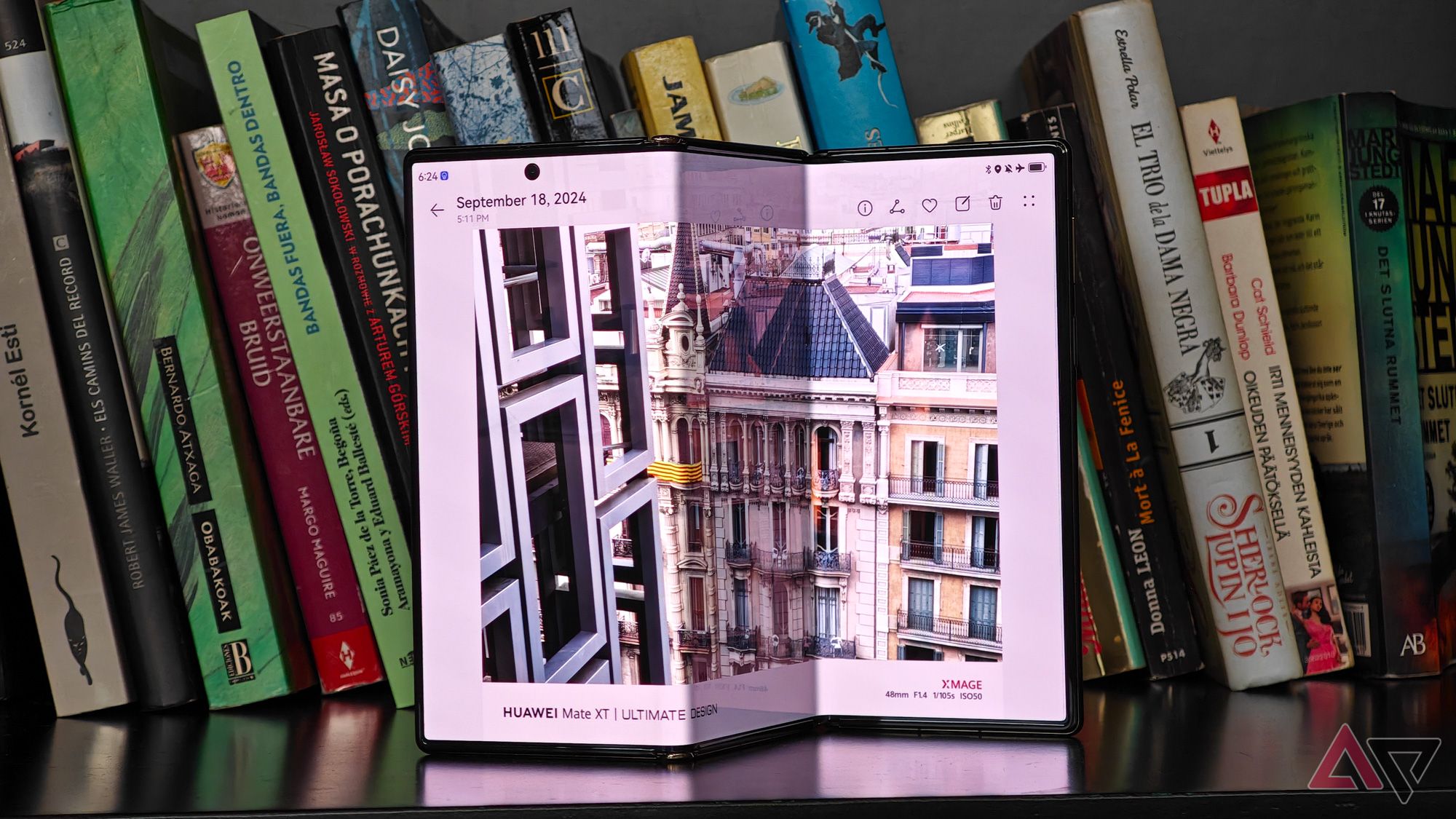
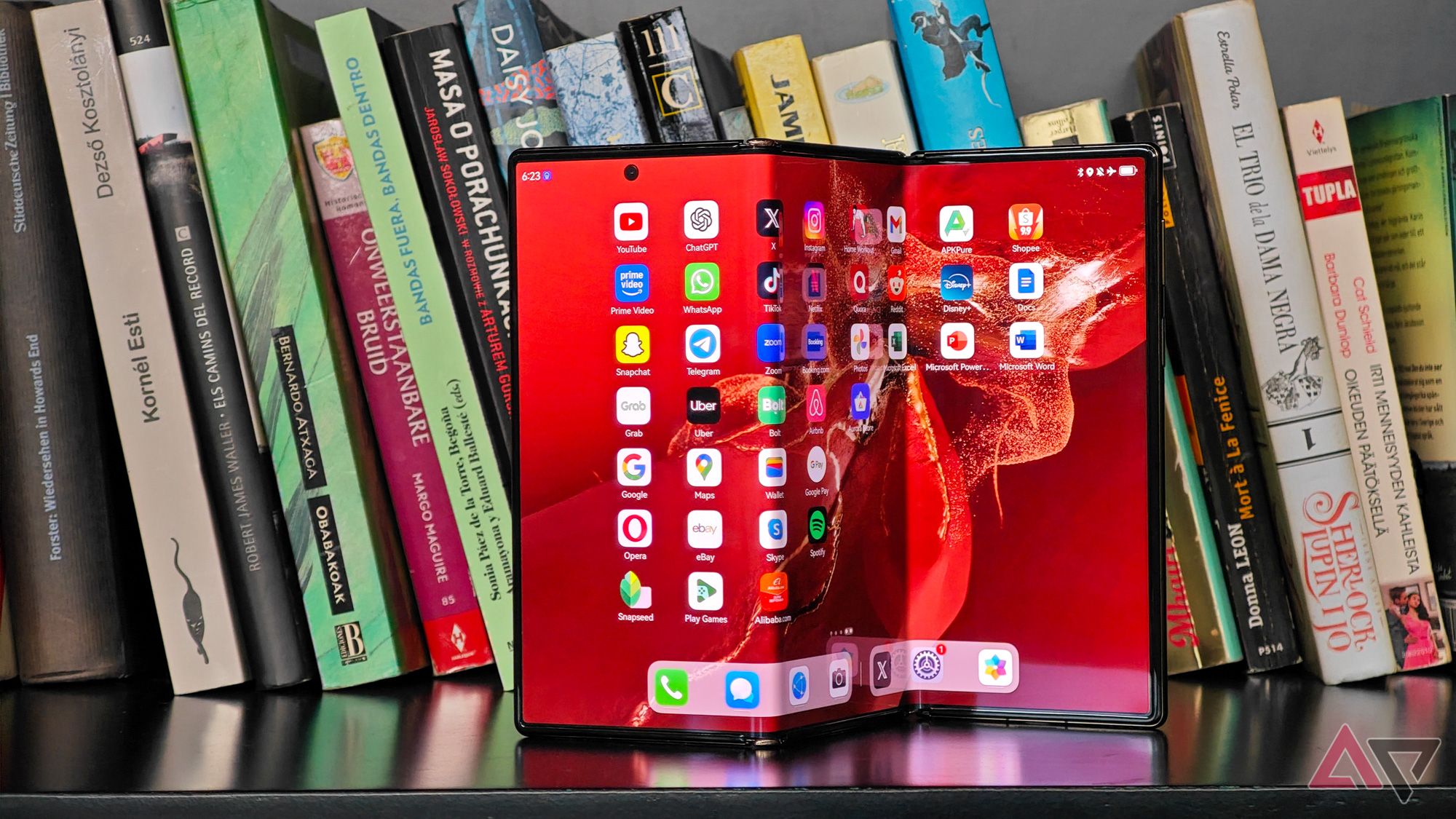



GIPHY App Key not set. Please check settings